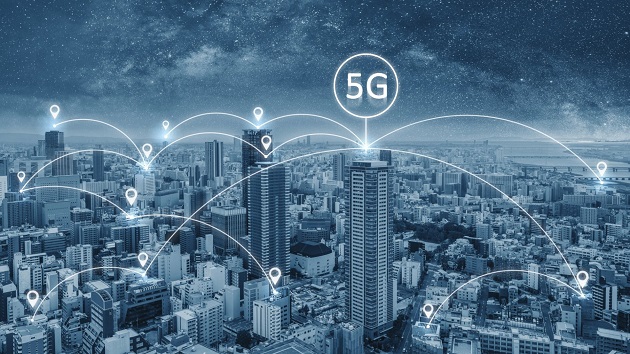Building for 5G: What to Consider During Construction
Posted by Admin on Apr 29, 2020

One of the most common new project types in government and campus networking revolves around turning up new buildings. As we discussed earlier this month, it is important to consider future needs and requirements just as much as present ones. While these considerations are factors for network architecture, the advent of 5G has introduced physical architecture considerations as well. This article explains the challenges of indoor 5G, and how you can work with planners and architects to ensure your network users can experience the full benefits of 5G.
The Challenge
To understand why 5G access indoors poses a challenge one must learn how 5G is expected to work. Multiple bands of the spectrum are available for 5G service, but one of the most popular carriers in the US is the “mmWave.” While this wavelength range offers high speeds over short distances, it is unable to effectively permeate walls, furniture, or other common indoor obstacles. Lower bands of the spectrum can travel through these obstructions easily but are not able to deliver the speeds necessary for 5G.
What are the options?
Hardware manufacturers and service providers are working hard on solutions to bring 5G indoors. These can include large-scale deployments of small cells or indoor Distributed Antenna Systems (DAS). While many of these solutions can bring effective 5G connectivity indoors, their deployment can be cumbersome and aesthetically unappealing.
Planning new construction must take these systems into account; designing according to balance form and function. More “open” interior designs may be more advantageous.
However, these points may be moot because there is another alternative now available: 6E Wireless. The FCC recently authorized unlicensed use of the 6GHz spectrum for wireless applications, which may prove to be a viable alternative for indoor connectivity. One recent trial resulted in speeds of 2 Gbps with 2ms of latency, both of which are comparable to expected 5G services.
If you would like to learn more about how to prepare your network for next-generation needs, contact us today.